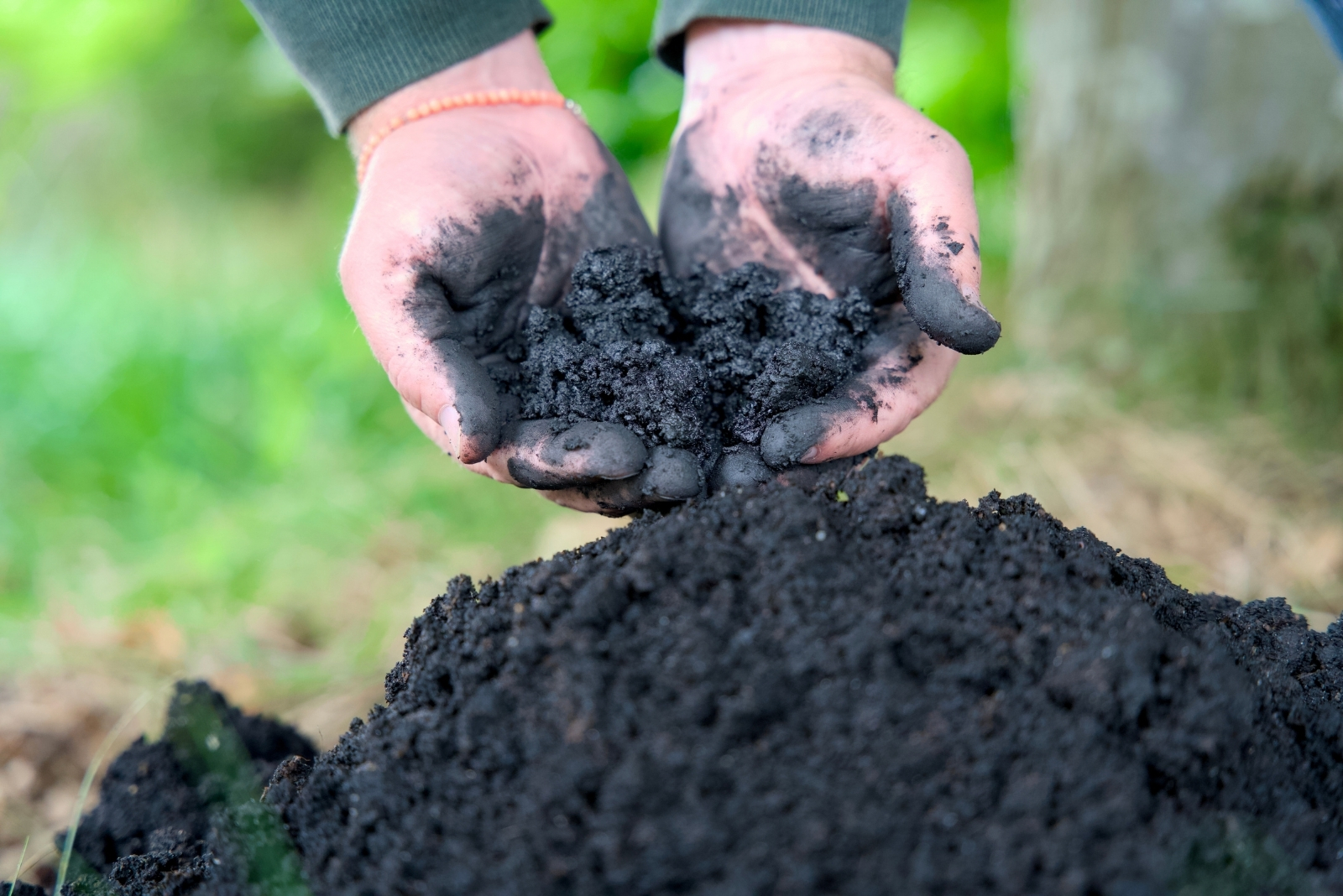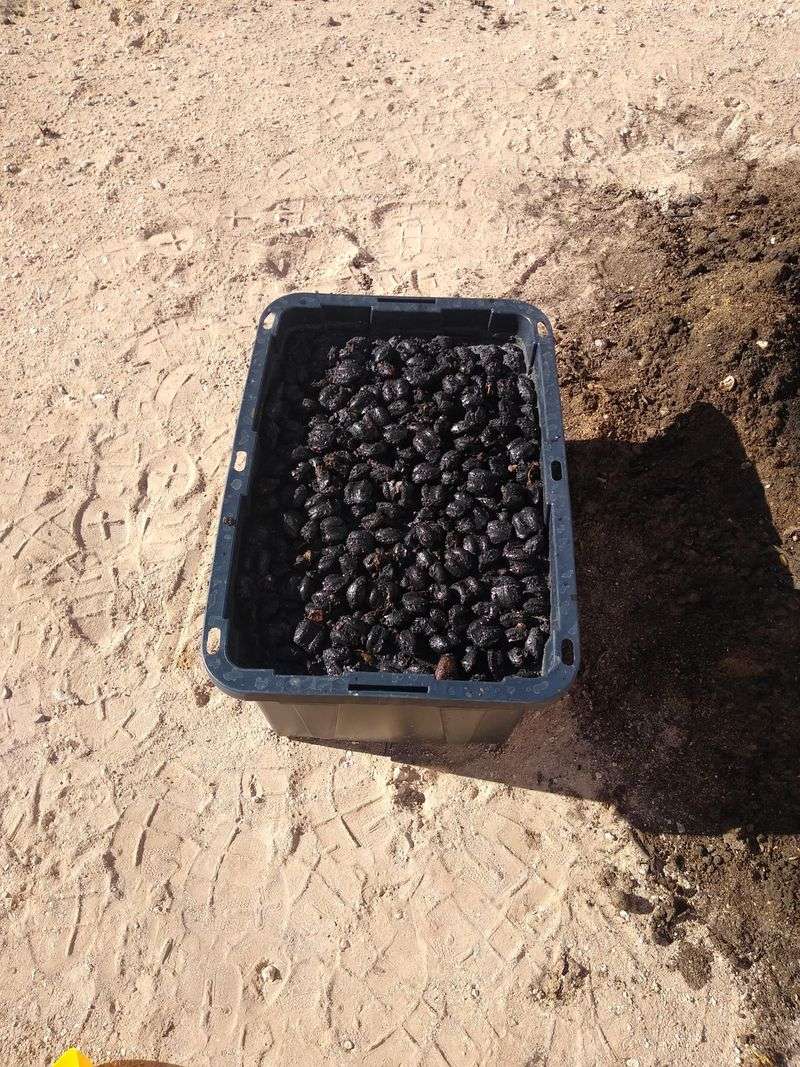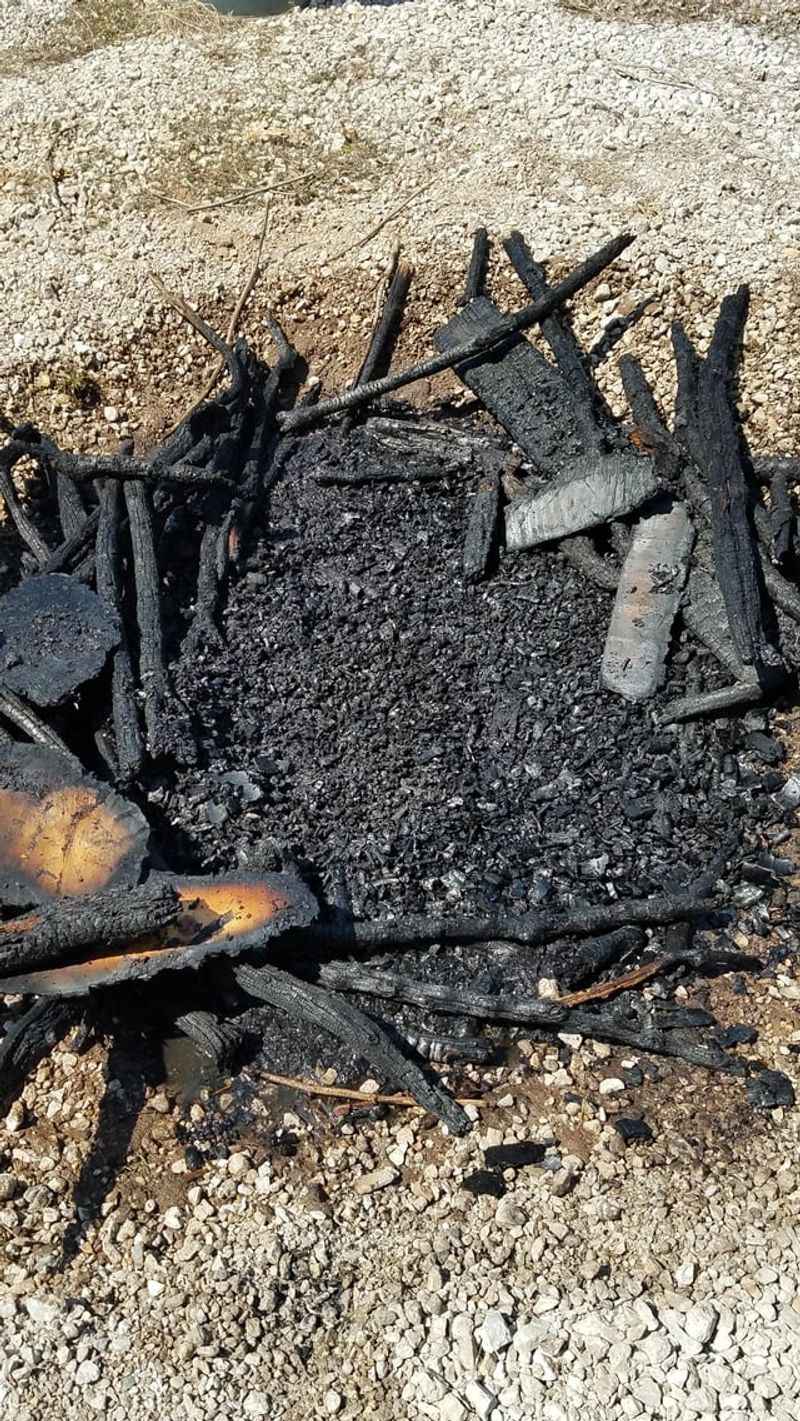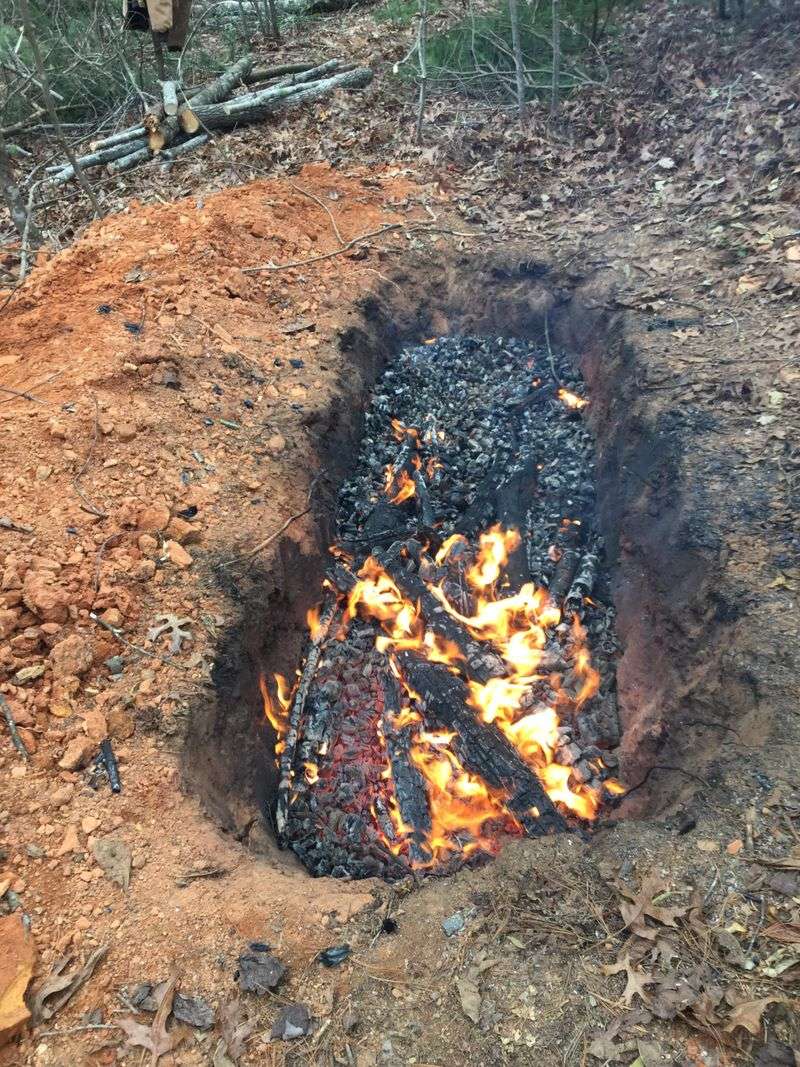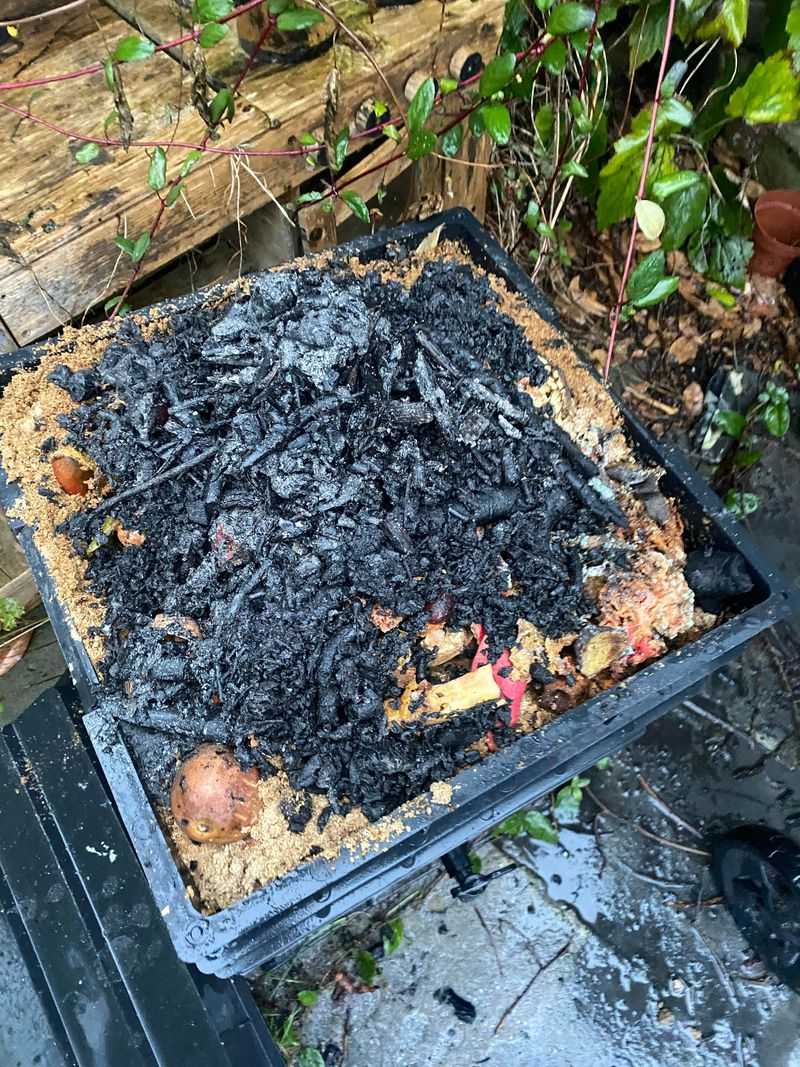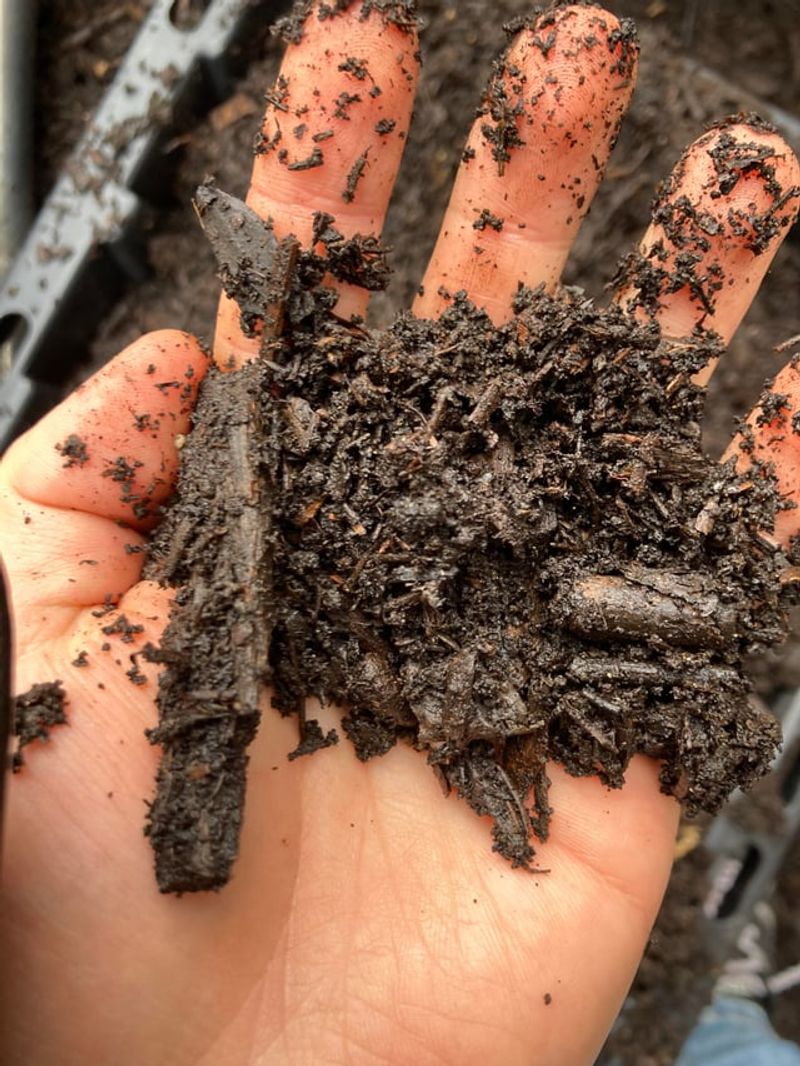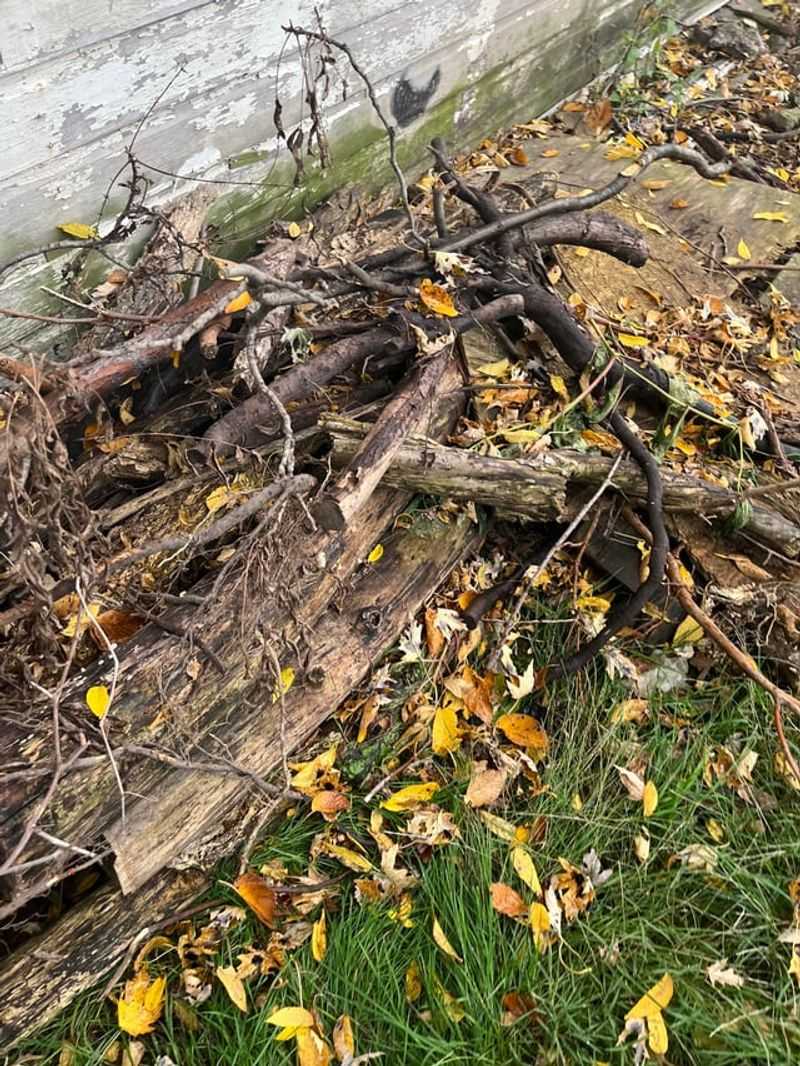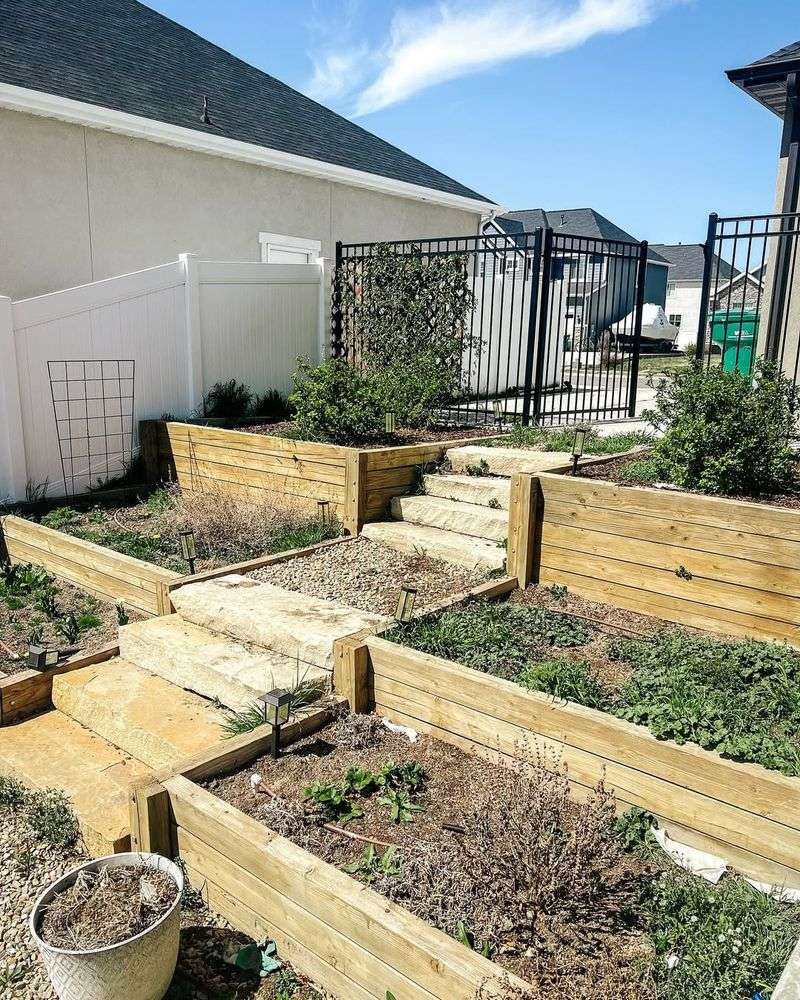Minnesota gardeners know that strong soil is the foundation of a great garden. Biochar is one of the best tools to enrich it before winter.
These 7 uses will help your plants flourish next season. Try these tips and watch your garden thrive year after year.
1. Mix With Compost
Combining biochar with your fall compost creates a super-charged soil amendment. The porous structure absorbs nutrients from decomposing materials in your Minnesota compost pile.
During those cold northern winters, this mixture will continue working its magic underground. By spring, your soil will have better structure and nutrient availability for eager plant roots.
2. Create A Winter Cover Layer
Spread a thin biochar layer over garden beds before the first Minnesota frost hits. This protective blanket shields soil from harsh winter elements while slowly integrating beneficial carbon.
Many Twin Cities gardeners find this approach prevents erosion when snow melts in spring. The dark color also absorbs sunlight, helping soil warm faster when those first spring days arrive.
3. Trench Application Method
Dig narrow trenches between plant rows and fill them with biochar before Minnesota’s ground freezes. This strategic placement allows the material to integrate gradually without disturbing existing root systems.
The freeze-thaw cycles common in the North Star State will naturally work the biochar deeper. By spring planting time, these nutrient highways will be ready to support your garden’s growth.
4. Charge With Fall Fertilizers
Soak biochar in liquid fertilizer for 48 hours before adding it to your Minnesota garden soil. This charging process fills biochar’s porous structure with nutrients that slowly release throughout winter.
The frigid Minnesota temperatures actually help lock these nutrients in place until spring thaw. Fish emulsion works particularly well for this method, providing balanced nutrition that plants will access when growth resumes.
5. Mulch Around Perennials
Apply a biochar-rich mulch around established perennials to insulate roots against Minnesota’s brutal winter temperatures. The carbon-rich material provides protection while gradually improving surrounding soil.
Gardeners across the Land of 10,000 Lakes report stronger plant emergence following this fall treatment. The biochar’s water-retention properties also help plants survive those unpredictable spring temperature fluctuations Minnesota is known for.
6. Blend With Fallen Leaves
Instead of bagging autumn leaves, mix them with biochar for an excellent soil amendment. The carbon in biochar helps decompose leaves faster while Minnesota’s winter moisture activates the mixture.
This approach works wonderfully in St. Paul gardens where oak and maple leaves are abundant. Simply spread the blend over garden beds and let nature do the work—by spring, you’ll have rich, crumbly soil ready for planting.
7. Prepare New Planting Areas
Mark out next year’s garden beds and incorporate biochar deeply into the soil during fall. This gives the material months to integrate while Minnesota’s winter freezing and thawing cycles enhance the process.
Many Rochester gardeners use this technique to transform clay-heavy soils common in southeastern Minnesota. The biochar creates permanent soil structure improvements that will benefit your garden for years, not just a single growing season.

